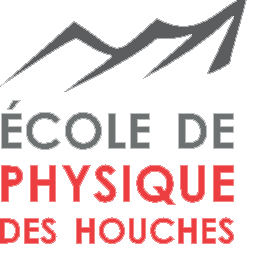Speaker
Description
Low energy positron beams are used in a variety of applications, including studies of atomic and condensed matter systems.[1] We study here the properties of a magnetically guided cold positron beam (generated in the conventional manner from a 22Na radioisotope source and solid neon moderator [2]) and their relationship to the different magnetic fields along the axis of a 7 m long scattering and annihilation system. Experiments are normally conducted at magnetic fields (~ 0.6 - 1 kG), where the adiabatic invariance holds well for low positron beam transport energies (~ 30eV). However, it is found that, for lower magnetic fields and modestly higher initial positron beam energies (~ 75 eV), adiabatic invariance is broken. Experimental results show deviations from the expected linear dependence of the perpendicular energy (E⊥) distribution with the magnetic field ratio between source and retarding potential analyzer, albeit without violating energy conservation, thus confirming the breaking of adiabatic invariance. The perpendicular energy distribution is uniform across the radial extent of the beam. The implications of this observation will be discussed.
*Work supported by the U. S. NSF, grant PHY 17-02230.
[1] J. R. Danielson, D. H. E. Dubin, R. G. Greaves, and C. M. Surko, Plasma and Trap-Based Techniques for Science with Positrons, Rev. Mod. Phys. 87, 247 (2015).
[2] R. G. Greaves and C. M. Surko, Solid Neon Moderator for Positron Trapping Experiments, Can. J. Phys. 51, 445-448 (1996).
